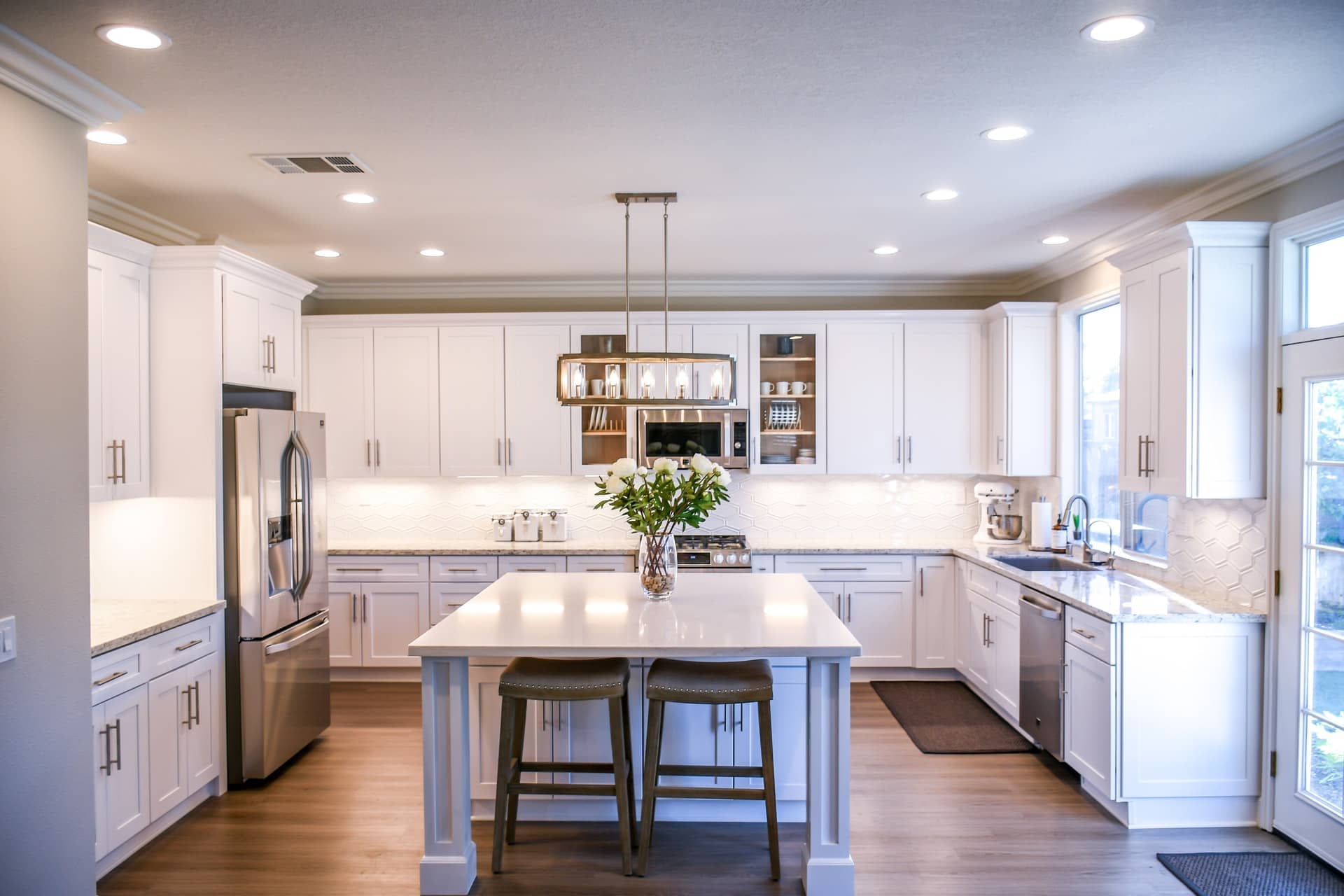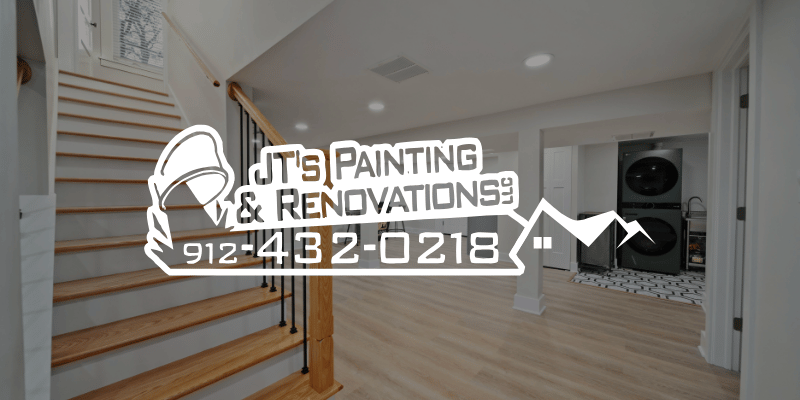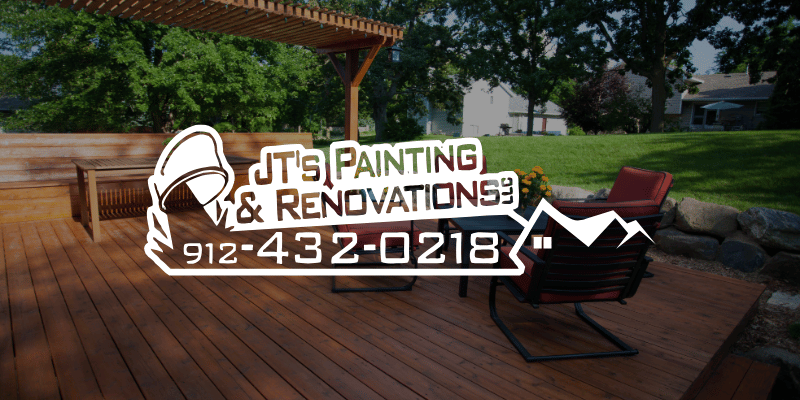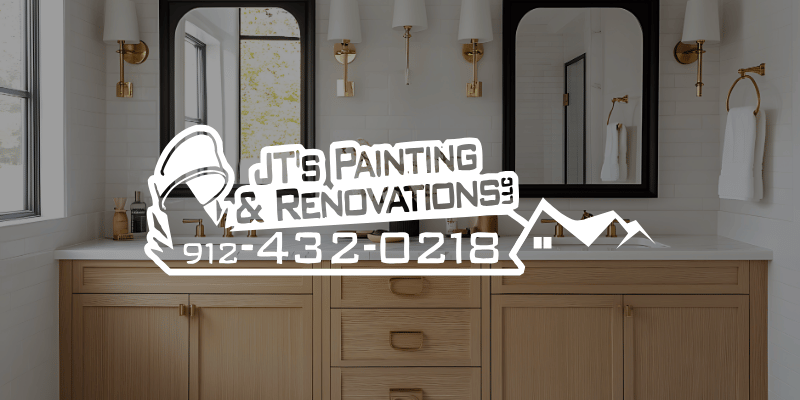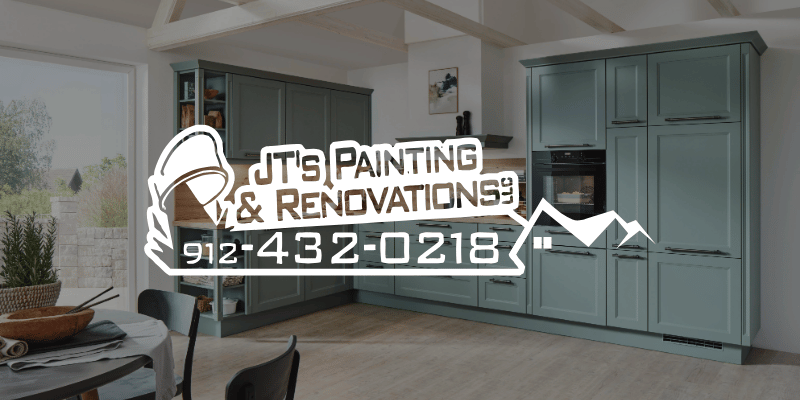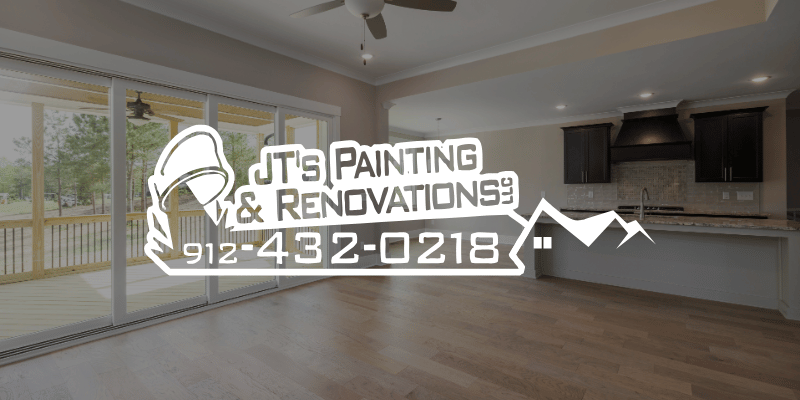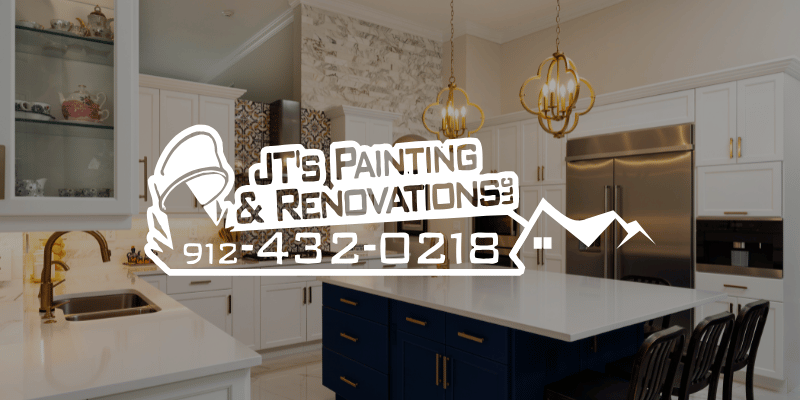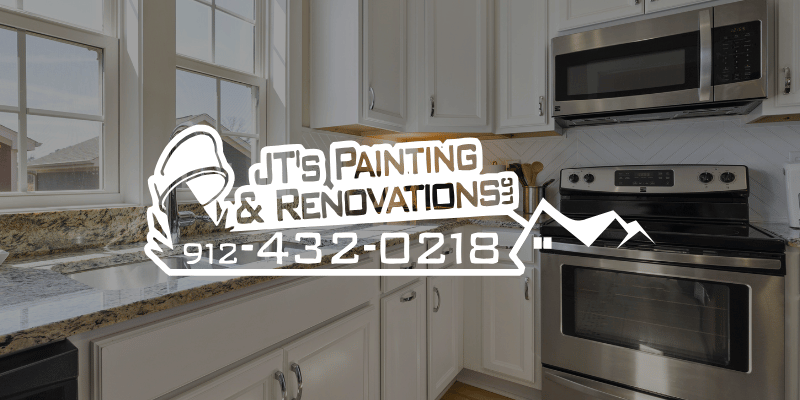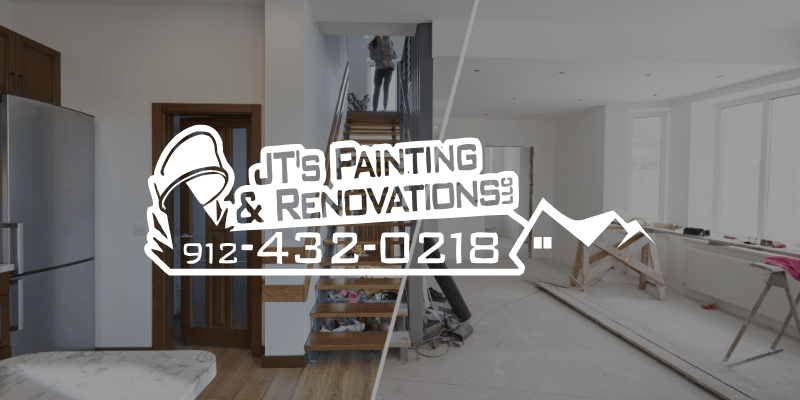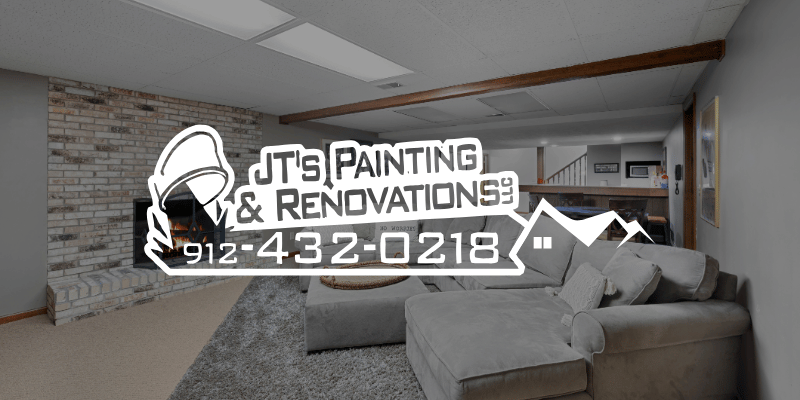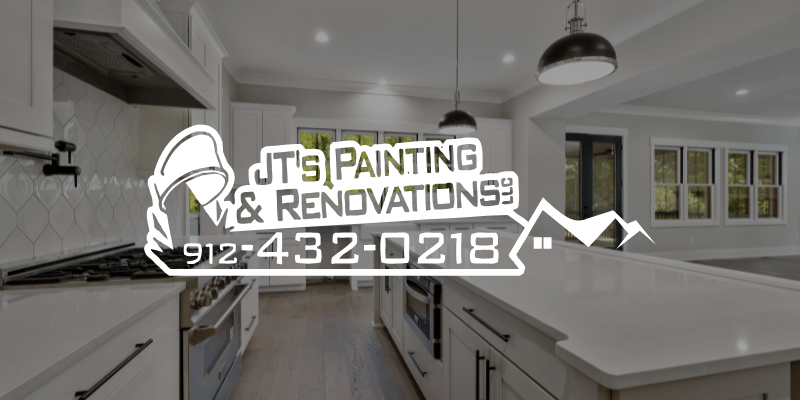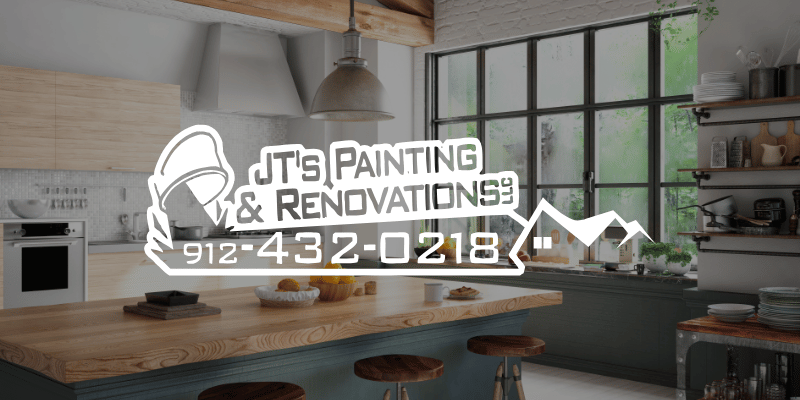
University City Kitchen Upgrades: Cabinet Hardware & Color Pairings After Refinishing
Refinished cabinets can make a University City kitchen feel brand new, but the real magic happens when color and hardware work together. The right palette brings out your countertops and floors. The right pulls feel great in the hand, align perfectly, and set the tone for the whole room. This guide gives you a practical plan for pairing colors and hardware after a professional refinish, plus small upgrades that elevate a kitchen without tearing out walls.
Start with what will not change
Before you choose a cabinet color or a hardware finish, take inventory of the fixed elements you plan to keep. Countertops, flooring, and appliances anchor the visual story. If your cabinets are due for a pro refinish and you want that factory smooth result, begin by reviewing the process here: Cabinet refinishing services.
Look at undertones. Do your countertops read warm beige or cool gray. Are your floors honey oak, espresso, or neutral. Stainless appliances skew cool and reflect nearby colors. These clues narrow the field so your cabinet color supports the room rather than fighting it.
Why University City kitchens need a lighting check
Tree-lined streets give many homes softer daylight than newer suburbs. That filtered light can mute pale colors and make bright whites feel cooler. Test large brush-outs under morning, midday, and evening light. If a sample looks icy at breakfast, try a white with a drop of cream to keep it welcoming year round. Rooms with a north or east exposure usually benefit from warmer cabinet paints and warm 3000 K bulbs.
Cabinet color strategies that always work
1. Soft white that does not read cold
This is the safest way to modernize orange oak or cherry. Choose a white with a gentle warm undertone so it plays well with both stainless and brass. Pair it with brushed nickel or warm brass pulls for a timeless look. If your floors are honey toned, a soft white keeps everything cohesive.
2. Two tone for height and depth
Light uppers with darker lowers make ceilings feel taller while grounding the room. A favorite pairing is cloud white on top with charcoal, navy, or deep green on base cabinets. Repeat the darker color in one or two places, for example on the island or through small accents, so the palette feels intentional rather than split.
3. Color that acts as a neutral
Greige, mushroom, or sage can function like neutrals when undertones match nearby surfaces. These shades add richness without the maintenance that very dark colors sometimes require.
4. Bold islands, calm perimeters
If you want a statement, concentrate color on the island and keep perimeter cabinets lighter. This makes a big impression without overwhelming the room.
For a deeper dive on pulling wall colors, counters, and cabinets into one cohesive plan, use this guide as a companion read: Coordinating kitchen colors.
Hardware finishes that pair cleanly with your palette
Hardware is the jewelry of the kitchen. It is also the part you touch daily, so comfort and edge quality matter as much as looks. Focus on finish families and how they interact with your chosen cabinet color and appliances.
Brushed nickel
Reliable with soft whites, greige, and grays. It echoes stainless appliances and blends into cool palettes. It is forgiving of fingerprints and works in traditional and modern spaces.
Matte black
Creates crisp contrast on white or light cabinets. It also works with medium greens and warm woods. Keep other black accents subtle, like a faucet or light fixture, so the room does not feel chopped up.
Warm brass
Adds warmth to white, cream, or deep blue cabinets. Choose brushed or satin brass for a quiet glow rather than mirror polish. Warm brass pairs nicely with white quartz and oak floors.
Oil rubbed bronze
Best with rustic or craftsman details and warmer palettes. It can read heavy in tight kitchens, so use with intention.
Limit metal mixing to two finishes in the same sightline. If your appliances are stainless, brushed nickel on hardware and warm brass on pendants can look intentional. Three metals in one view is usually one too many.
Pulls, knobs, and the ergonomics that make a kitchen feel expensive
Pull length and scale
Longer bar pulls read custom and are easier to grab, especially on wide drawers. A good rule is one third to one half the drawer width for a refined proportion. On doors, vertical pulls give a modern line while traditional kitchens often favor knobs.
Edge pulls and finger pulls
Great for flat slab fronts and minimal kitchens. They hide visual noise and can prevent busy combinations when you already have strong graining on floors or a dramatic backsplash.
Cup pulls
Classic on shaker drawers. They add a heritage note without looking fussy, especially in brushed nickel or warm brass.
Comfort test
Hardware should feel smooth where your fingers land. Sharp edges snag sleeves and make the kitchen feel cheap regardless of finish.
Plan the layout before you drill a single hole
Hardware layout mistakes are obvious forever. Create a paper template for each style. Mark center lines on painter’s tape so you can step back and judge alignment without committing. If you are converting from single knobs to wide pulls, fill the old hole during the refinishing prep, then prime and paint for a seamless surface.
A pro crew will spray doors and drawers horizontally for self leveling, then install hardware using jigs that guarantee consistent placement. If you are pairing the upgrade with layout tweaks or a new island top, coordinate your plan with a broader kitchen refresh here: Kitchen remodeling services.
Do hinges matter
Yes. Soft close hinges protect fresh paint by preventing slam scratches. If you have face frame cabinets, concealed soft close hinges preserve the clean look of a new finish. For frameless boxes, choose high quality European hinges with integrated damping and proper overlay. Check that hinge finish does not glare through glass doors if you plan a few glass fronts.
Backsplash, walls, and counters that complement hardware choices
Think in lines and repetition. A black pull can tie into a slim black picture frame, a faucet neck, or a matte black sconce. A warm brass cup pull can repeat in a small pendant or the toe kick trim on a range. Keep the wall color a few steps down in intensity from your cabinet color so the cabinets remain the star. If your counters lean cool, pick a wall color with a trace of the same coolness to keep the whole space in the same temperature family.
Sample pairings to try in University City homes
Soft white cabinets with brushed nickel pulls
Add clear glass pendants and a white quartz look. Floors in light or medium oak keep it classic and bright. Walls in a very light greige tie elements together.
Cloud white uppers with navy lowers and warm brass pulls
Brass warms the blue and adds visual depth. A light backsplash keeps the room airy. This pairing works especially well in rooms with good daylight.
Sage green perimeters with matte black hardware
Black defines edges and gives a modern line. Crisp white walls and warm wood stools keep it grounded and comfortable.
Greige cabinets with long black edge pulls
Minimal hardware brings a refined look. Choose a satin topcoat for a soft glow and pair with a quiet, almost seamless backsplash.
Refinishing details that make hardware and color stand out
A cabinet refinish is more than paint on doors. Expect professional degreasing, scuff sanding, grain filling where needed, bonding primer that blocks tannins, and spray applied color with a durable topcoat. If you want a near solid look on heavy grain oak, ask about pore filling and light bodywork before primer. To see how these details translate into real projects, browse the project gallery.
If your kitchen plan includes more than paint, like a small island change or a cabinet reconfiguration, talk through the entire scope during the design phase so hardware placement, hinge choices, and color play well together. A coordinated plan saves rework and protects the finish.
Maintenance that keeps a new finish looking new
Use a soft microfiber cloth and mild dish soap for fingerprints. Avoid abrasive pads. Add felt pads where stools touch painted panels. Keep indoor humidity in a healthy range to minimize wood movement and protect lines at door edges. When you clean pulls and knobs, use a gentle cleaner meant for that metal finish so you do not tarnish or streak the hardware.
Common pitfalls and how to avoid them
Picking hardware straight from an online photo without testing scale against your actual doors often leads to undersized or oversized pulls. Skipping large color samples leads to surprises in the room’s real light. Mixing three metals in one sightline creates visual clutter that reads cheap even when each piece is nice. Rushing hardware drilling before doors return from finishing forces visible patches later. Slow down, sample, and plan.
A simple decision path you can follow this week
- Photograph your kitchen from several angles.
- Note fixed elements and undertones.
- Narrow to two cabinet color families that fit the light.
- Choose one hardware finish that supports those colors and your appliances.
- Order two hardware sizes to test on site.
- Confirm a refinishing plan that includes grain management, primer choice, and a durable topcoat.
- Schedule installation and final touch ups in the same visit so everything aligns perfectly.
If you want a quick primer on how colors, counters, and walls tie together before you make the call on hardware, keep this resource handy: Coordinating kitchen colors.
Ready to upgrade your University City kitchen the smart way
A cohesive palette and the right hardware will make your refinished cabinets look truly custom. Whether you need guidance on undertones, help choosing between brushed nickel and brass, or a full refinish with soft close hardware installed, JT’s can tailor a plan that fits your kitchen, your light, and your style.
